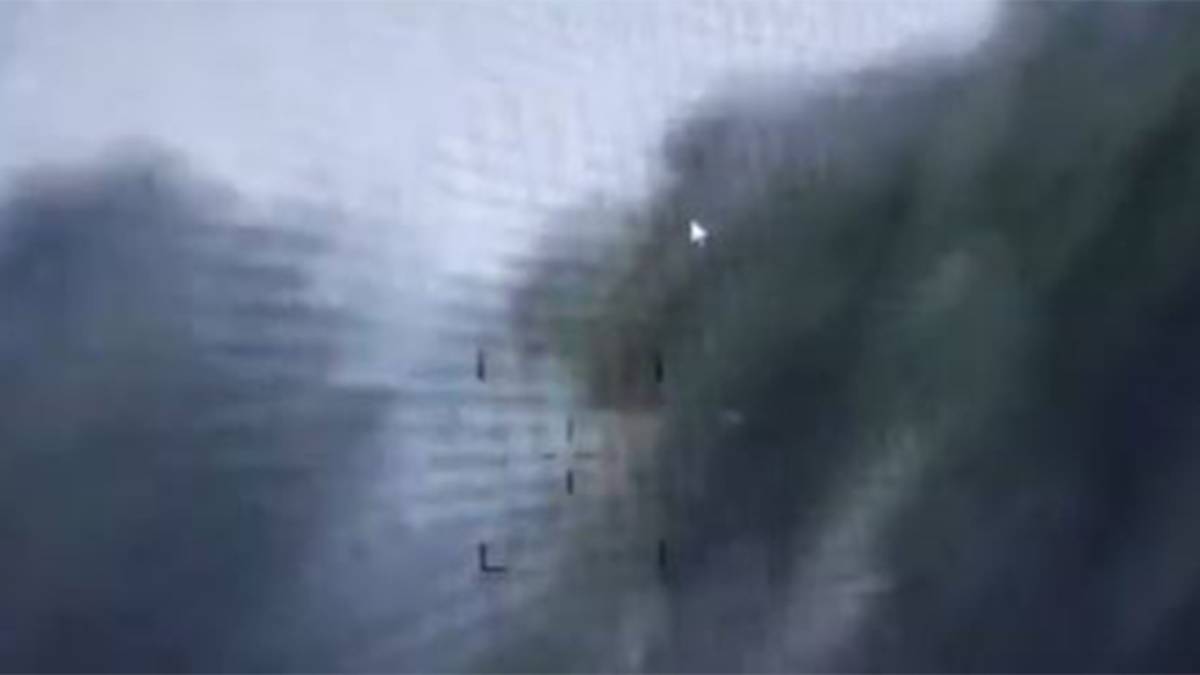A detailed visual analysis by The Washington Post has confirmed that India’s retaliatory strikes on Pakistan, launched under Operation Sindoor on May 7, inflicted significant damage on Pakistani military infrastructure, marking the most extensive Indian air assault since the 1971 war.
The analysis, based on over 24 satellite images and video footage from aftermath sites, revealed that India struck at least six airfields, destroying or damaging three hangars, two runways, two mobile control buildings, and other critical assets. Some targets were located up to 100 miles deep inside Pakistan, underscoring a shift in India’s military strategy.
The operation was conducted in response to the April 22 terrorist attack in Pahalgam, Jammu and Kashmir, which left 26 people dead. India’s strikes targeted terror infrastructure in Pakistan and Pakistan-occupied Jammu and Kashmir (PoJK) and reportedly resulted in the deaths of over 100 terrorists linked to groups such as Jaish-e-Mohammed, Lashkar-e-Taiba, and Hizbul Mujahideen.
Experts told The Washington Post that the strikes aimed to degrade Pakistan’s offensive and defensive capabilities. William Goodhind, a geospatial analyst at Contested Ground, said “high-profile targets were hit in precision strikes.”
- At Nur Khan air base in Rawalpindi, two mobile control centers were destroyed. This base lies near Pakistan’s Strategic Plans Division, which oversees the country’s 170 nuclear warheads, and close to Pakistan’s military and joint staff headquarters.
- At Bholari air base, satellite imagery showed a 60-foot-wide hole in a hangar roof, believed to house a Saab 2000 AEW&C surveillance aircraft, worth tens of millions of dollars.
- At Shahbaz air base, another massive strike left a 100-foot-wide hole in a hangar, collapsed another hangar, and damaged a radar installation at Sukkur Airport, which serves both military and civilian functions.
- Runways at Mushaf air base and Sheikh Zayed International Airport were also hit, with satellite imagery showing large craters. Pakistan has acknowledged that six air force personnel were killed—five at Bholari and one at Mushaf.
Dr. Walter Ladwig of King’s College London noted that India’s decision to strike deep within Pakistan signals a “deliberate shift” in military posture. “India is now treating terrorist attacks as grounds for conventional military reprisals,” he said.
Associate professor Christopher Clary added that while the damage inflicted was “meaningful” rather than “devastating,” it was nonetheless a significant escalation in India’s counter-terrorism efforts.
Following Pakistan’s retaliatory shelling and attempted drone strikes, India launched further coordinated attacks that crippled radar infrastructure and communications at several Pakistani airbases. Both countries agreed to a cessation of hostilities on May 10.
On Monday, Prime Minister Narendra Modi described Operation Sindoor as a defining moment in India’s national security strategy. He declared it had “set a new benchmark” in the country’s fight against terrorism, adding:
“After the surgical strikes and air strike, Operation Sindoor is now India’s clear policy—no tolerance for terrorism and no fear of nuclear blackmail.”
PM Modi affirmed that India would respond to terrorism on its own terms, striking not only terrorist bases but also the infrastructure that enables them—“decisively and precisely.”
As new satellite evidence confirms the extent of India’s military reach and capabilities, Operation Sindoor marks a pivotal shift in South Asia’s security calculus—and signals a heightened era of military assertiveness in India’s fight against cross-border terrorism.





